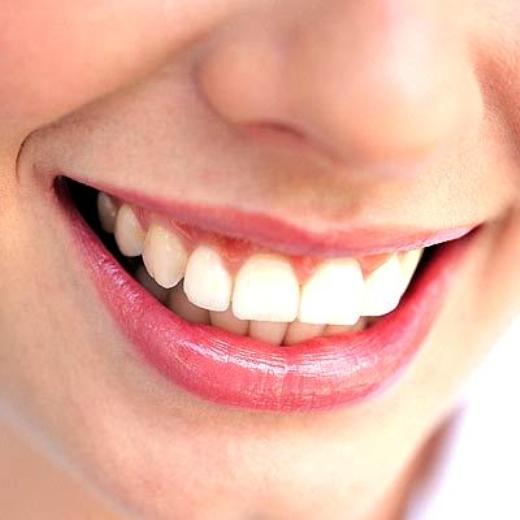Instruction
1
Tartar is the result of inadequate oral hygiene and the habit of chewing on one side of the jaw and avoid solid foods. Intensive dental deposits can also be observed in disturbed metabolism and certain diseases of the internal organs.
2
To prevent the emergence of Tartar, often need to eat solid food – apples, fresh carrots, cabbage. Need to brush your teeth at least twice a day, since plaque starts to Deposit on teeth in 2 hours after a meal.
3
Pigmented spots on the teeth can try to clean with toothpaste, powdered baking soda. For these purposes, use a wooden toothpick, the tip of which is kneaded to the state of the brush, dip it in baking soda and gently wipe the stain in the tooth. This should be done carefully so as not to damage the gums. It is impossible for teeth whitening to use acid and other chemicals.
4
Tartar can cause inflammation of the gums, intoxication and bad smell from the mouth. To treat plaque – means to remove it. Therefore, for removing dental calculus need to go to the dentist. Clean the teeth with stones is impossible.
5
To remove Tartar you need to visit the dentist every six months. In modern dentistry, there are a lot of technologies.
6
In the first stage plaque and the stone is removed by ultrasound and hand tools. Specially ground tools used for these purposes, exclude damage tooth enamel. The root of the tooth is treated with ultrasound.
7
In the second stage of cleaning is polishing the teeth. Further polishing. For polishing teeth using special toothpaste and ultrasonic instruments with a plastic smooth tips.
8
To make the process of removing dental plaque and Tartar and painless, local anesthesia used is anesthetic blockade injections or treat the oral cavity lidocainum spray.
Note
The treatment of this disease consists in mechanical removal of Tartar special ultrasound device or metal tools. Dentists recommend checkups 2 times a year, then removal of the resulting stone will be quick and painless.
Useful advice
Only about disease and treatment. What is Tartar. Tartar is the hardened lime deposits formed on the surface of the teeth (usually in the cervical area of the tooth). Improper care of oral cavity in between teeth and in the neck of the teeth are food particles that serve as excellent breeding ground for various microorganisms, including pathogens.
